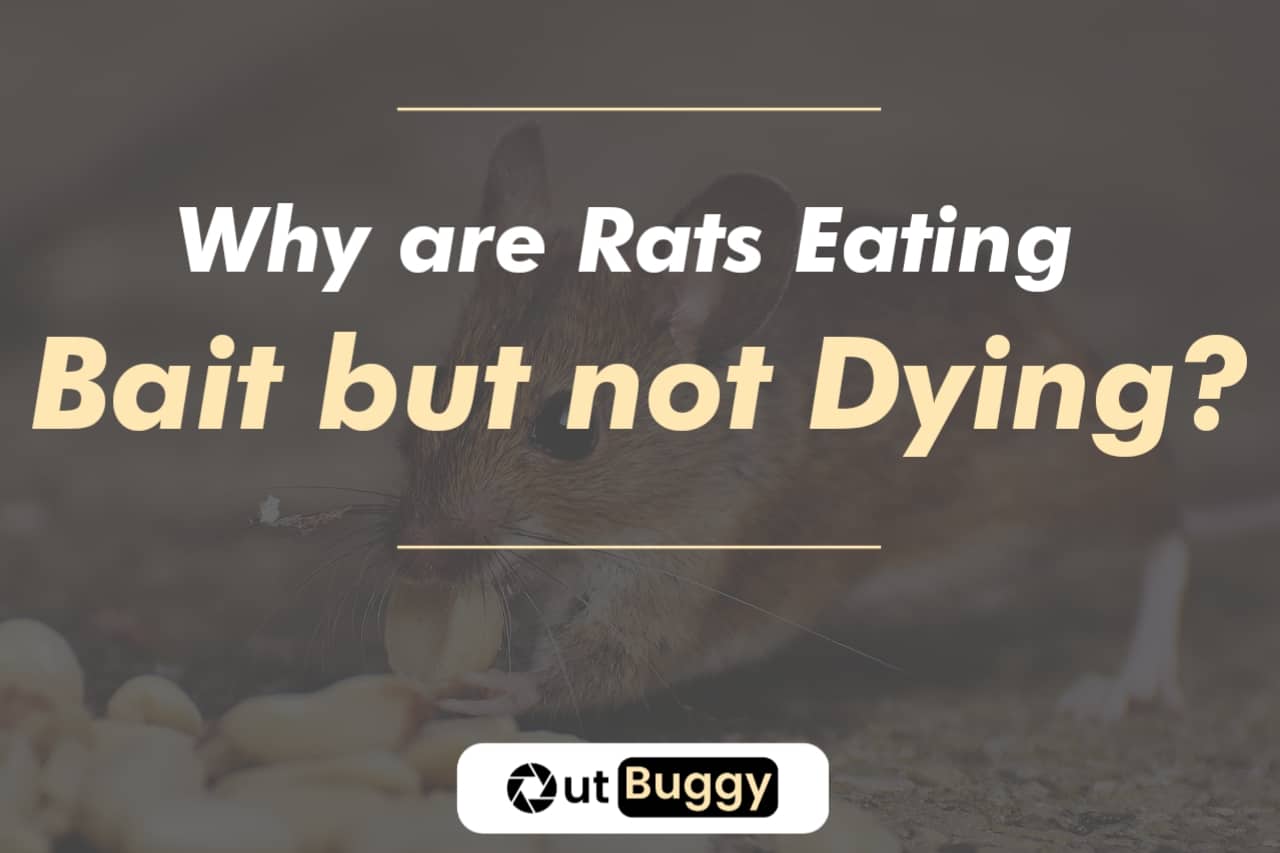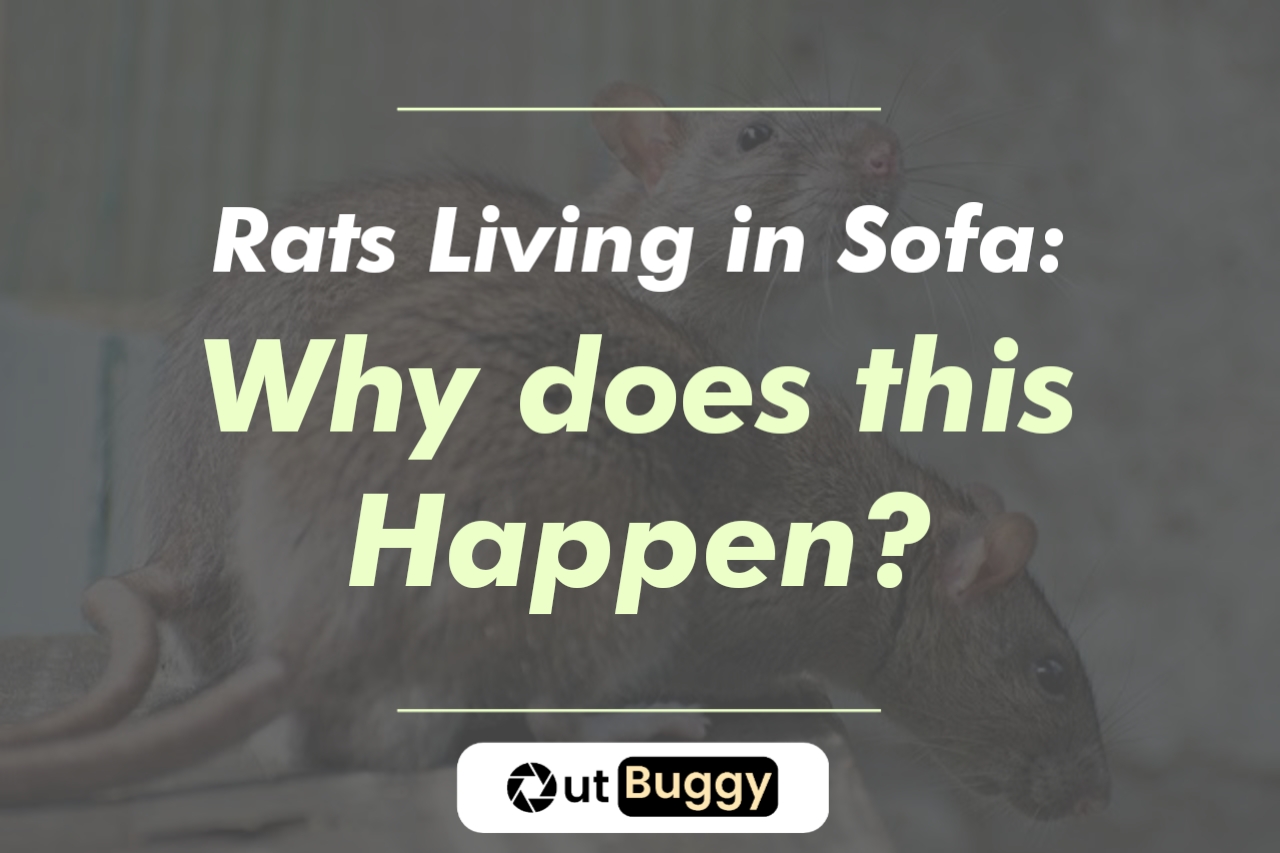Just when you thought you had your rat problem under control, you notice the bait you carefully set out are being eaten but without a trace of your intended outcome – no deceased rodents. So what could be happening?
Well, let’s cover this properly in the following paragraphs.
Contents
Why are rats eating bait but not dying?
It could like a strange phenomenon, but there are actually some situations where rats would eat your bait, which is intended to kill them – yet somehow remain alive and healthy, funnily enough. How is this possible?
The answer is surprisingly simple:
Rats are more intelligent and adaptable than you might think.
They’re notorious survivors, and this survival instinct extends to their relationship with bait.
For instance, on a norm, they don’t just see a piece of cheese and dive in, they approach with caution. If you’ve ever watched a rat encounter a piece of bait for the first time, you’ll see this cautious approach in action. They’ll sniff around, take a tiny nibble, and then wait. And wait.
Here’s a video that shows this…
They possess a highly developed sense of taste, which allows them to detect many chemicals, including some poisons.
This attribute, paired with their cautious approach, means that if they consume a small amount of poison and feel sick, they learn quickly to associate that illness with the bait and will avoid it in the future.
This is known as “bait shyness.”
To be honest, this is how it happens….
Funnily enough, this genetic resistance can be passed on to future generations, leading to whole colonies of rats that can happily munch on your poison without so much as a hiccup.
Secondly, you may also want to consider the bait itself.
Some baits are not immediately lethal – they need to be consumed in substantial quantities to be effective. This means that if a rat only has a small taste and moves on, the bait might not work as intended.
Lastly, the rat’s size plays a role too.
Larger rats often require a more significant dose of poison to be affected. Therefore, what might be a lethal dose for a smaller rat might not even slow down its larger cousin. This size factor often misleads people into thinking that the bait isn’t working.
Tips for Preventing Rats from Becoming Bait-Resistant
If you’ve been struggling with a rodent problem, you may have noticed that they’ve become increasingly resistant to traditional bait methods.
To prevent this from happening, here are some effective strategies you can use:
- Make use of multiple types of bait. Rats are extremely smart and can spot a pattern in your bait placement. To keep them guessing, mix up the type of bait you use, whether it’s peanut butter, chocolate or cheese, as well as interchange your placement. This will make it much harder for them to recognize patterns and become resistant.
- Use bait stations. To further prevent bait-resistance, you can use bait stations. These are sealed containers that will keep the bait safe and secure while also making it harder for rats to find.
- Alternatively use predators: Introducing predators into the environment, such as cats is another effective way to keep rats away. Cats for instance will naturally keep the rodent population down and reduce the chances of bait-resistance.
- Try other methods: In addition to bait, you can use other methods for controlling rats. This can include sealing off entry points, trapping and removing them, or using other environmental or cultural controls. You could also use some of types of foods, as many seeming to suggest.
How to Get Rid of Rats The Proper Way
Getting rid of rats can be an arduous task, but it’s not one to be overlooked. Rats can spread disease, ruin property, and contaminate food.
Here are some tips on how to get rid of them in your home or business.
Identify the Infestation
The first step in getting rid of rats is to identify the infestation. Look for things like:
- Small holes in walls or cabinets
- Droppings near food sources
- Grease marks along walls and baseboards
- Gnaw marks on food containers
- Unusual noises coming from walls or ceilings
Once you’ve identified the infestation, you can move on to the next step.
Seal Up Holes and Cracks
Rats can get into almost any space, so it’s important to ensure that your home is properly sealed.
Patch up any holes or cracks, and make sure that all vents and windows are properly screened. It’s also a good idea to caulk any gaps around pipes and other potential entry points.
Clear Out Clutter
Rats love to hide in cluttered spaces, so it’s a good idea to reduce clutter as much as possible.
Clean up any piles of clothes, newspapers, books, or other items around your home. This will make it easier for you to spot a rat if one does manage to get in.
Use Traps and Poison
Once the infestation is limited to a small area, you can start using traps and poison to get rid of the rats.
Traps will catch the rats alive and can be used in areas where children and pets are not present. However, you should be aware that some states have laws against using traps and poisons.
Call a Professional
If you have an infestation that’s too large to handle on your own, it may be time to call in a professional. Pest control companies have the tools and knowledge to get rid of an infestation quickly and safely. They will also be able to help you with preventative measures to keep rats out of your home or business in the future.
Conclusion
To end our discussion, it’s clear that the reason rats can eat bait and not die lies in their resilience and adaptability. .
Fortunately, there are alternative pest control methods that homeowners can use in order to successfully get rid of rats, and these methods should be employed if bait fails.



